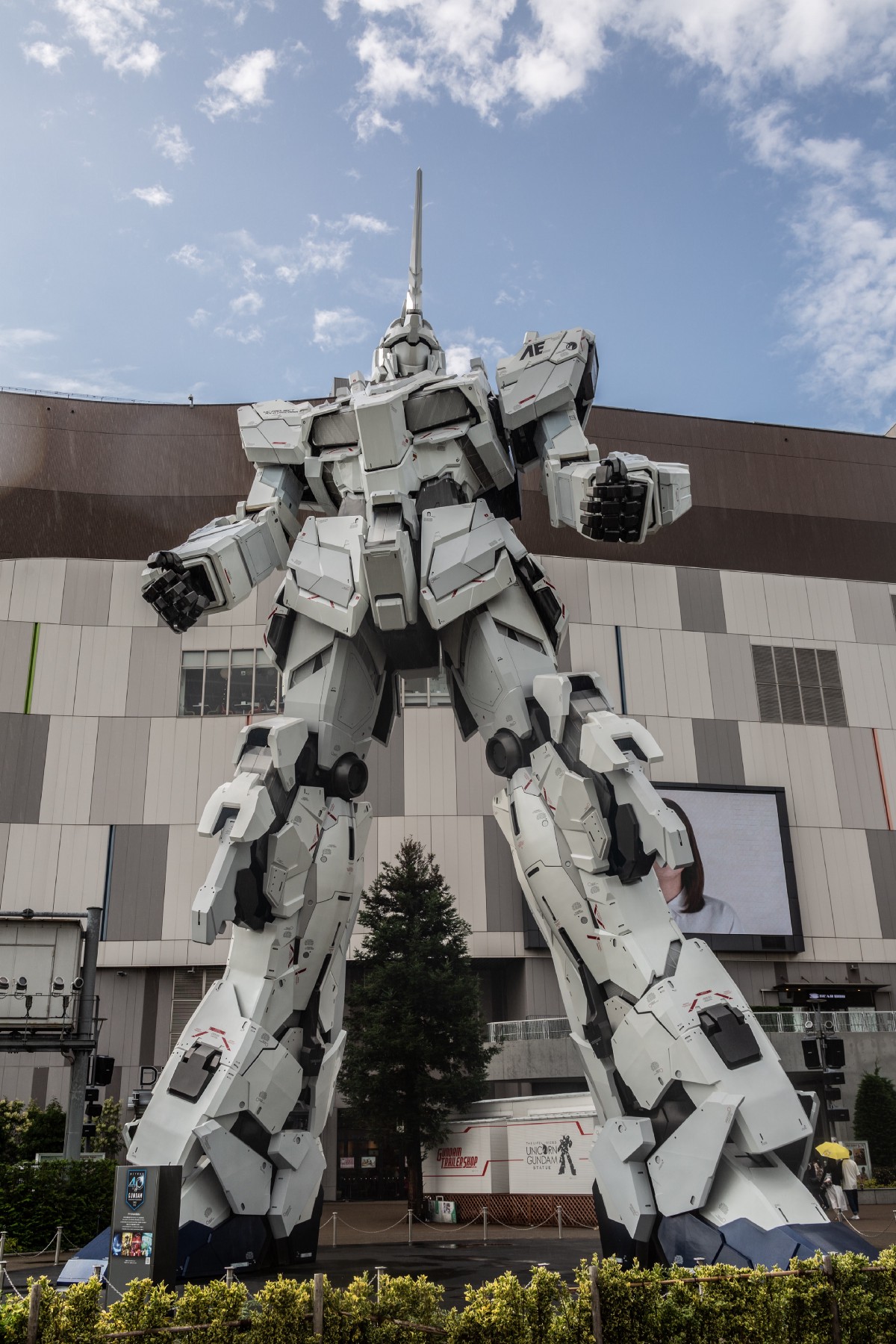|
Getting your Trinity Audio player ready...
|
After Kubernetes announced that they are ending the support for Docker in late 2021, the people on Twitter went crazy over this and started asking questions, “How can they remove the Docker support?”, “Docker == Container, now what will I use?”, “isn’t k8s just automation for docker?” So just to give you a heads-up, I have written this article to depict the core differences between Kubernetes and Docker.
Let’s discuss some similarities first, shall we?
Well, to say the least, I often agree with people why they are so bogged down as both of these platforms have a lot of things in common. Naturally, it is confusing especially for the beginners when reading articles about Docker and Kubernetes. But, only a few ideas are common of these platforms.
- Both Docker and Kubernetes work well with microservice-architecture and they were designed for that.
- Both of these platforms have dedicated open-source communities and unlike other communities, they are genuinely quite welcoming to the newcomers.
- You can learn either of these platforms without knowing the other. Obviously, knowing both of these gives you an edge but this still holds true if you are working on an application and running on a single machine using Docker, you don’t need Kubernetes, and vice-versa.
Evolution of Docker & Kubernetes
Prior to the release of Docker, industries were facing difficulties where an application developed in one machine worked in developing environment but not in testing or production environment. This is due to the difference in the computing environment between development and production. This is when dockerization makes our task easier. Dockerization is nothing but containerization. In fact, Docker made containerization popular. With Docker, developers could start, stop and destroy containers easily which made it popular among the developers and eventually, when the initial security concerns by resolved, Docker gained momentum immensely.

Google’s Borg System was basically created by Google to resolve its own cluster management challenges in 2003. But then in 2014, Google open-sourced Borg System as Kubernetes (or simply k8s) and soon bigger companies like Microsoft, RedHat, Docker, and IBM joined the Kubernetes community. With some many big organizations now supporting, Kubernetes became the ultimate container orchestration tool. Kubernetes simplified the container management problem when there are hundreds and thousands of containers and services in the production environment.
Brief differences between Docker & k8s
Here are the brief differences between Docker and Kubernetes, broken concisely in points.
- After getting used to Docker, you realize that there should be ‘Docker run’ commands or something like that to run many containers across heterogeneous hosts. This is where Kubernetes came and solved many problems that Docker had.
- Kubernetes is a COE (Container Orchestration Environment) for Docker containers. The main function of COE is to make sure that the application is launched and running properly. If in any case, a container fails, Kubernetes will spin up another container. It provides a complete system for running so many containers across multiple hosts. It also has load balancer integrated and uses etcd (distributed key-value store that stores and replicates all Kubernetes cluster state) for service discovery.
- Docker CLI can’t be used as Kubernetes has its own CLI and API (since both are used to create and manage Kubernetes clusters). Kubernetes took clustering to a whole new level at an expense of usability and steep learning curve. The Kubernetes tools allow and deploy container over a cluster.
- To run, build and distribute Docker containers, an open-source tool is used that is called Docker. It is a lightweight application engine that has VM (Virtual Machine) like containers. Basically, the container is a virtual machine like environment, separated and partially independent from the host. On a single server, Docker container can be run. It is the only container-based environment that gives an address to all the possible applications in a hybrid. It helps to create and deploy software within the containers.
- Docker actually includes several things for example a Linux container format, container management system or even a company. Unlike Kubernetes, Docker has its own COE called Docker Swarm and there are others also like Rancher, Container X etc. Docker Swarm is commonly used among all. Three main components of Docker are Docker client, Docker server and Docker containers. Docker not only automates the software deployment process. However, the community of Kubernetes is stronger and more popular than Docker Swarm. All the major cloud providers have created their own version of Kubernetes services.
Containers have been the de-facto standard of deploying an application in the production. Both Docker & Kubernetes will continue to work as it is despite the even after the sudden announcement from Kubernetes. Hence, you can still use Docker for building container images and within your CI/CD pipeline, you can continue to use it. The fact that Docker support deprecation is only impacting to container runtimes on a Kubernetes cluster, you can resolve this by other supported container runtime.
I hope you get the gist of the differences between these two platforms.
If this article provided you with value, please support my work — only if you can afford it. You can also connect with me on X. Thank you!




Comments are closed.